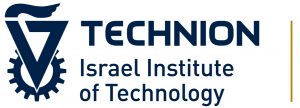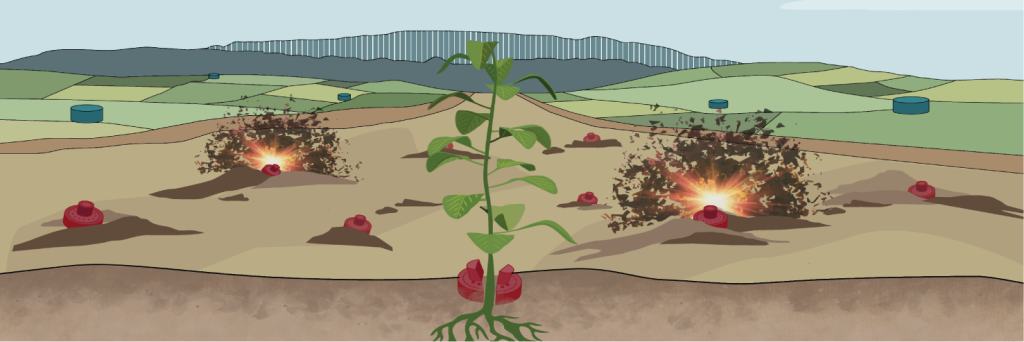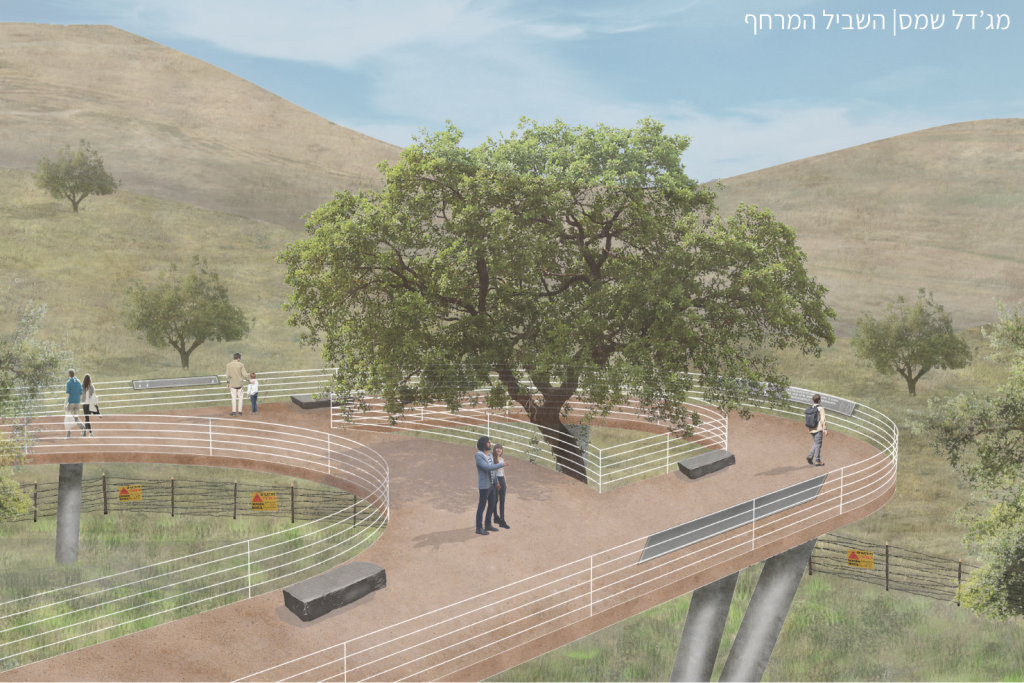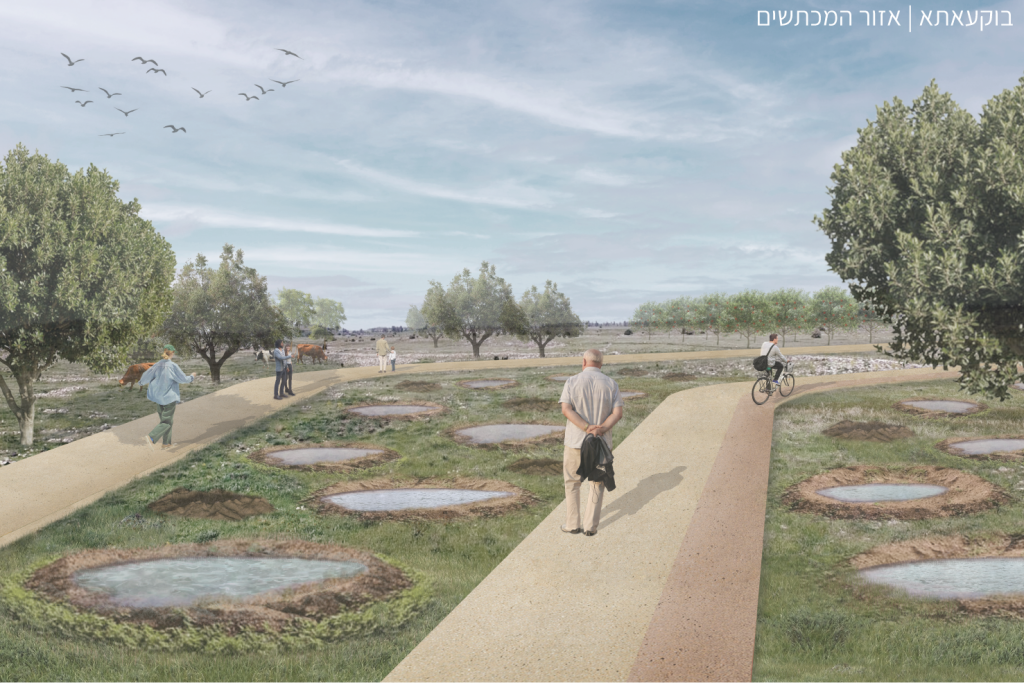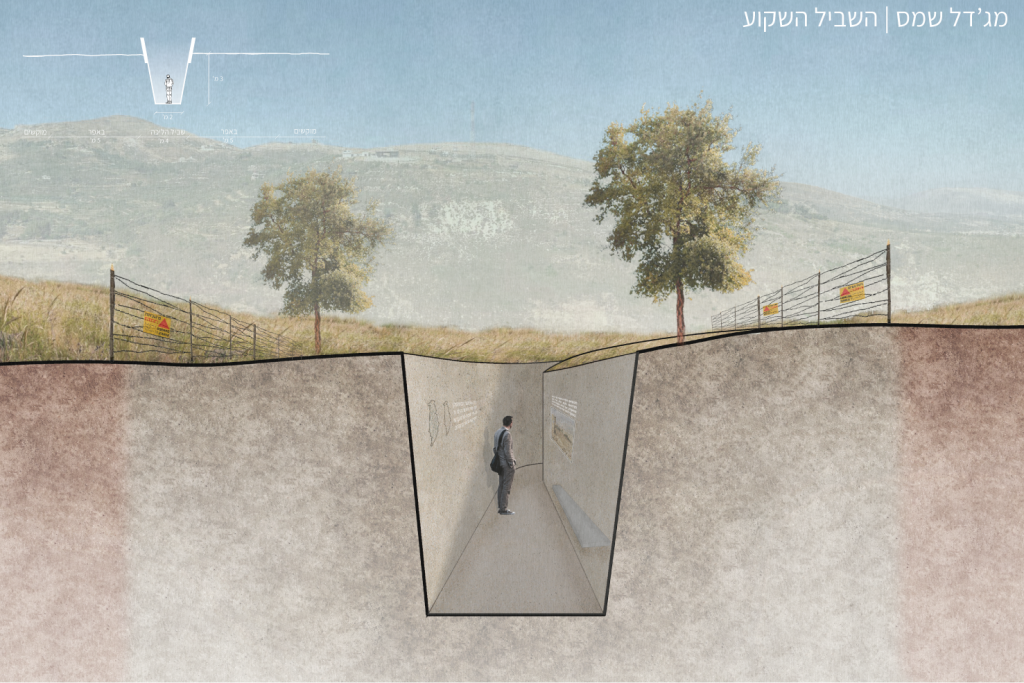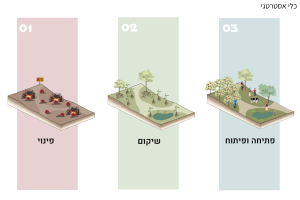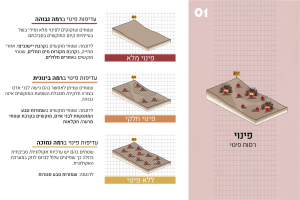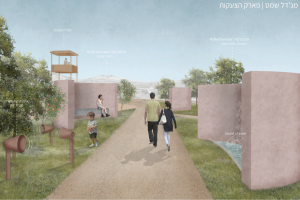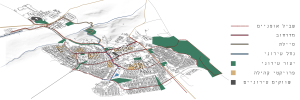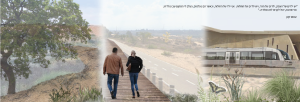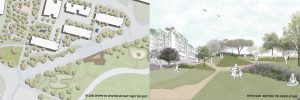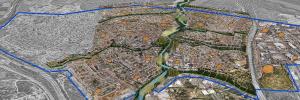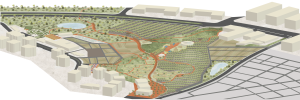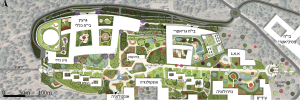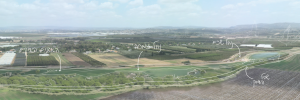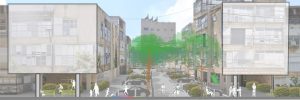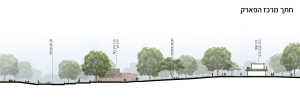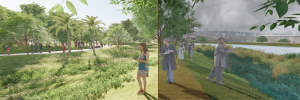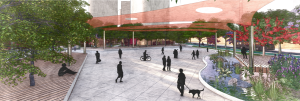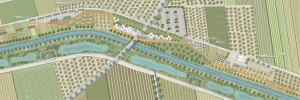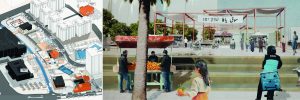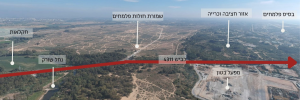Land (De)Mine
Many wars have come and gone, leaving behind thousands of minefields around the world. These areas have evolved into enduring hazards, posing significant risks to the residents and contaminating their lands. In Israel today, minefields cover an area of more than 33,000 dunams (33 square kilometers), with over a third of these in the Golan Heights The high density of minefields, especially near residential areas, has created insecurity and inaccessibility to open spaces, a challenge that is particularly pronounced for the Druze community in the Golan Heights. In the northern part of this region, four villages are distinguished by their unique cultural and natural landscapes, but continue to face threats from nearby mines. This imposes both physical and psychological barriers, disconnects them from the surrounding environment, and creates significant detachment from the landscape, the culture and local identity.
In recent years, there has been a growing awareness to the critical importance of clearing landmines; however, the current demining efforts are slow and often lead to significant environmental damage, destruction and soil contamination. With the population growth and the recognition that most minefields are no longer necessary for national security, the need to clear and rehabilitate these areas has intensified. This also raises important questions about the Druze community’s struggle to reestablish and strengthen its connectivity to its landscape and cultural heritage.
This project proposes an alternative planning framework, centered around three phases in the management of minefields: clearance, rehabilitation, and development. In the clearance phase, a prioritization system is proposed, dividing the minefields into three categories: full, partial, and preserved. The rehabilitation phase combines nature-oriented solutions for soil restoration, while placing emphasis on raising awareness to this process. Additionally, the increased accessibility of demined areas will facilitate the creation of a new network of spaces that cater to the community’s needs, providing access to sites that are significant from landscape and culture perspectives, and making local identity conspicuous. The areas of focus will demonstrate the manner in which the mines will be dealt with. Two areas are defined, at two different clearance levels: partial and full. The story of the area will be exposed in different ways, and the cleared areas will be gradually be made accessible to the inhabitants. Furthermore, the landscape forms created as a result of the demining – the craters – will become new landscape typologies, which will serve a variety of functions benefiting the local population.
